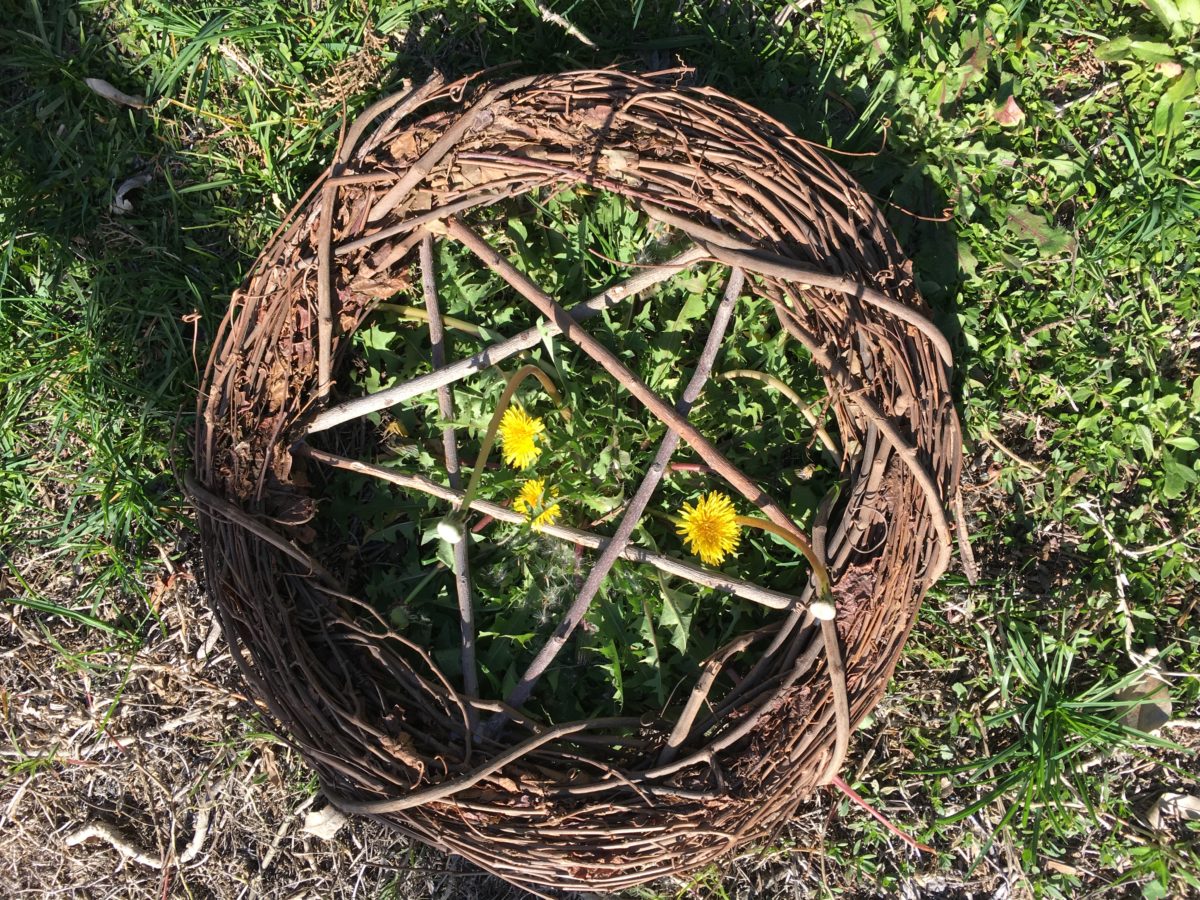With yet another holiday season (Easter, for my family) upon us, I’ve been giving some thought about what celebrations, if any, were celebrated, by my people, in the Scottish Highlands during the 14th century. First obvious question is, Is Beathog a Christian? A pagan? What rituals or observances would she participate in?
My first (albeit uneducated) guess would be that Beathog might have been a Christian (and perhaps only in later life), but I believe those living in the rural Highland areas (and, therefore, Beathog) held on to many pagan practices, regardless of any conversions that may or may not have taken place.
I just read an interesting book which discusses the ancient Picts and the heavy influences left by them in much of Scotland. The author, who is attempting to make an historically-based claim to the modern practice of PectiWita, describes the religion of early Scotland (before the coming of Christianity) as Druidism, “a form of sun-worship peculiar to the Celtic peoples…
… the conversion to Christianity (in Scotland) was a slow and very drawn-out process. By the middle of the seventeenth century the conversion was complete only in so far as it applied to the townspeople and upper classes. In the country, it made little impression on the minds of the peasantry, who continued to adhere to the old beliefs to which they were accustomed.”
Beathog, then, in the 14th century, would necessarily still be influenced by Druid practices, I would guess. This author describes this belief system in Scotland to be a precursor, if you will, of modern-day conservationists. His belief is that the Highlanders were individuals that tied-in their lives with the passing seasons and probably used herbs to heal or for other magickal purposes, and who were not concerned with more ceremonial religious practices until a much later time.
Hmm. Beathog as a tree hugger. I like that. 🙂
————
My family has been suffering, a bit, from an “organized religion hangover” for several years, so much so that several of my daughters (unnamed) have resisted the idea of getting together for a traditional Easter celebration. Okay. So, this year, we are celebrating in a little different way, embracing a few ideas from a somewhat earlier tradition.
Easter traditions, I understand, have their origins in earlier Pagan traditions. The name, “Ostara” is derived from Eostre, the Goddess of Spring, and Ostara is a celebration of the Vernal Equinox (the first day of Spring). Ostara celebrates the balance of light and dark and marked the time for sowing new crops in the northern Saxon countries. Many creatures gave birth at this time, so symbols of fertility, such as eggs, were traditionally eaten at this time. The rabbit, chicks, eggs and the equilateral cross are symbols that were borrowed from Pagan tradition by early church leaders.
So, this year, my family is celebrating Spring! We will have a great day, celebrating our family (and, most definitely, red wine and chocolate). I think I may also hug a tree. And I think I will be just a little closer to Beathog this year. 🙂

